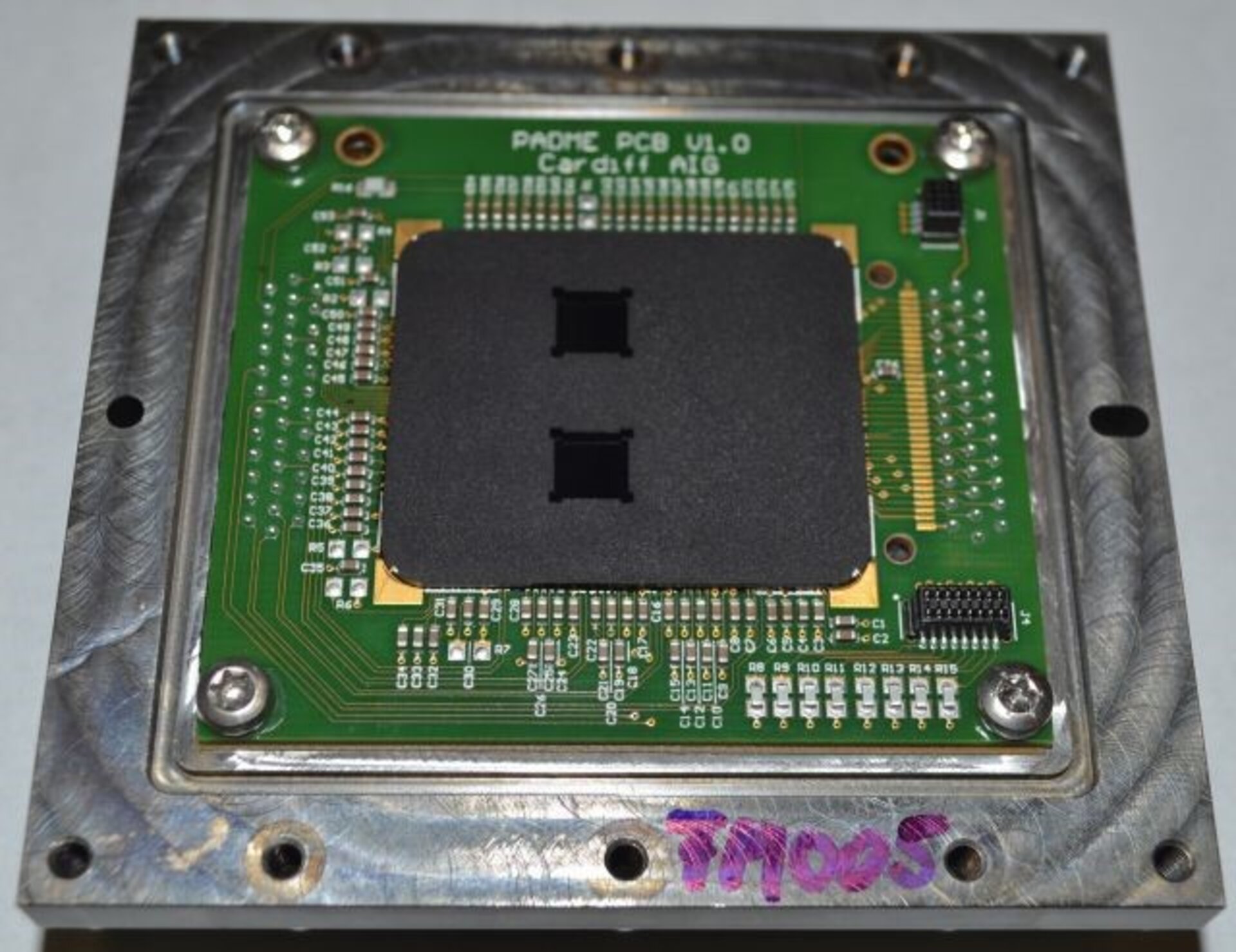New low dark current detector to improve noise targets
A TDE activity, with AIM in Germany, has helped to prepare the future generation of MCT MWIR/LWIR detectors featuring low dark current, for astronomy and planetary observation.
Mercury Cadmium Telluride (MCT) is one of the leading materials used for Infrared (IR) detection purposes. As a consequence, an increasing number of space instruments are equipped with IR channels using MCT detectors. Because of their large dark current, MCT detectors need to be cooled at cryogenic temperature. This imposes major constraints on the instrument complexity. A lower dark current detector would allow either enhanced instrument performance or operation of the detector at higher temperatures, while maintaining the performance.
Developing European medium-wave (MWIR) and long-wave (LWIR) infrared MCT detectors with improved electro-optical performances, in particular dark current reduction, has been identified as a target for future space science astronomy missions.
A TDE activity, with AIM in Germany, has helped to prepare the future generation of these detectors featuring low dark current, for astronomy and planetary observation.
The goal of this activity was to propose a complete detector design to meet the low CHC and noise targets of future space missions. The technology will be used on board of satellites for astronomy observations and also for Earth observation missions where the reduction in cooling requirements relieves the burden on satellite power bus.
To reduce the dark current, new MCT materials were processed in low cryogenic temperatures — down to 30 K. A cryogenic test setup was also prepared to avoid parasitic residual illumination during the dark current tests.
The activity achieved results with the lowest dark current so far reported at room temperature and in cryogenic conditions. Now, a space grade ROIC design is available as reference design having all the capabilities requested for further astronomy missions.
This is a follow on study from a previous contract. After the two technologies coalesce they should be qualified for potential use in space applications. Future activity focusing on irradiation campaign (proton, gamma) is strongly advised.















 Germany
Germany
 Austria
Austria
 Belgium
Belgium
 Denmark
Denmark
 Spain
Spain
 Estonia
Estonia
 Finland
Finland
 France
France
 Greece
Greece
 Hungary
Hungary
 Ireland
Ireland
 Italy
Italy
 Luxembourg
Luxembourg
 Norway
Norway
 The Netherlands
The Netherlands
 Poland
Poland
 Portugal
Portugal
 Czechia
Czechia
 Romania
Romania
 United Kingdom
United Kingdom
 Slovenia
Slovenia
 Sweden
Sweden
 Switzerland
Switzerland


























